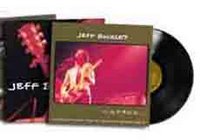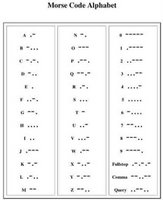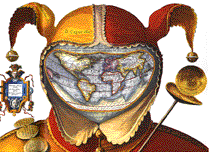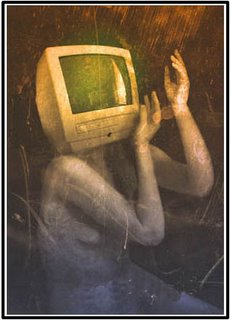Week 1: (Wed Jan 4/05 3:15-6:05pm, Thurs Jan 5/05 12-2:50pm & 3:15-6:05pm)
Hello and welcome to the first post from classes during week 1. Here are the major points that were covered during the lecture. It was based on an overview of the course outline so you can always refer to that for further insight. I hope this refreshes your memory!
The course outline will be available on Priam Givord’s ‘my courses’. Follow the relevant links from the OCAD home website. Sorry about the delay! Our class lists are still being updated!
Lecture 1:- flow, real-time and feedback are important factors within the broad field of interaction design
-
flow can be described in parallel or sequential modes
- parallel processes occur at the same time, sequential processes are step-by-step i.e. computer systems
-
feedback means receiving confirmation about an action carried out
-
new media moves away from linear time (i.e. just pressing ‘play’) to non-linear
- example: ‘choose your own adventure’ books from the 80s allowed the reader to think outside of a linear, sequential mode

- (Ted Nelson invented ‘hyper-text’, connecting websites through hyper-linking – a buildup of a network)
- with new media, we have the digital era
- roots of technological advances at MIT (Massachusetts Institute of Technology)
-
Shannon Theory of Information involves the notion of a ‘bit’ – a unit of information
- analog signals vs digital signals
-
analog signals convey the full print or pattern of information such as in the printed reproduction of vinyl records

-
digital signals are deconstructed patterns sent between two points
- the content you send is the same as the content that is received – very precise!
- ‘morse code’ is equivalent to digital signals

- digital technologies are chosen today because information can be replicated without inaccuracies (as in a scratched vinyl record)
- perception and cognition within interactive environments
-
perception includes the real-world senses i.e. sight, hearing, touch, (smell, taste...)
-
cognition is the brain’s interpretation of perception
- interfaces (as in a computer system) are designed to represent functions, acting like a bridge for interaction
- now striving to change metaphors of time to metaphors of space...
links of interest:
John MaedaMIT Media LabRequired Textbook:Universal Principles of Design
by Lidwell, W. Holden, K. Butter, J.
Rockport 2003
Available in the OCAD bookstore and ‘Another Man’s Poison’ (from OCAD, down the street towards Queen)
Begin to think about Project 1: Collaborative Image and Time-Based Narrative
- refer to course outline for details
Role of the Scribe:As I have done, the ‘scribe’ will take notes during the class and publish a post of his/her notes, along with relevant links, pictures etc on this blog. You will receive an email invitation from P Givord or myself and then, upon accepting the invite, you will receive privileges to post. As you scroll down to the end of each post, you will see a ‘comments’ link, where questions and further discussion is encouraged.
2 students will be informed that they will act as the ‘scribe’ before each class begins.
FYI, if you are posting with a Mac, I suggest using the web browser 'Firefox' as 'Safari' was having issues uploading pictures as well as having less options in regards to posting (i.e. no bold or italic tags, no links tags etc - you will see these options at the top of your posting box).









